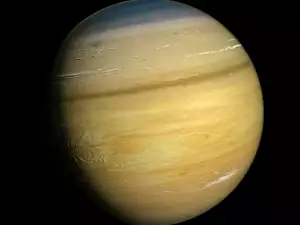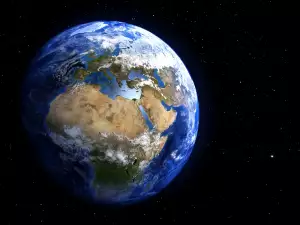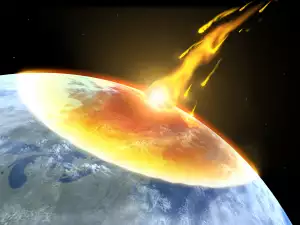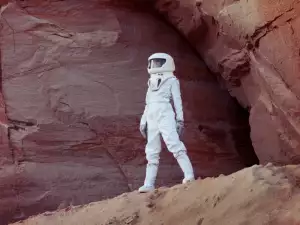The Mars rover Curiosity has been exploring enormous Gale crater on Mars since 2012. In the past, the crater was the bottom of a lake that may have harbored microorganisms. Presently, it's located at the base of Mount Sharp, which rises 5.5 km (18 000 ft) from the center of the crater.
The Mars rover's main objective is to determine whether it was possible for Mars to have had primitive microbial life in the past. It has been analyzing the composition of the planet, its atmosphere and everything else that can provide information about it. The data helps scientists answer a number of questions they've been asking all this time.
The latest discovery that the Curiosity rover has made are rocks, very much like the ones that were dominant on Earth 2.5 billion years ago. It indicates that Mars had a continental crust similar to Earth's.
Received images from the crater clearly show fragments of extremely ancient magmatic rocks of a clear light color. In combination with data from the chemical analysis, scientists have reached the conclusion that the light tone formations consist of feldspar and most likely quartz, resembling the granite of Earth's continental crust.
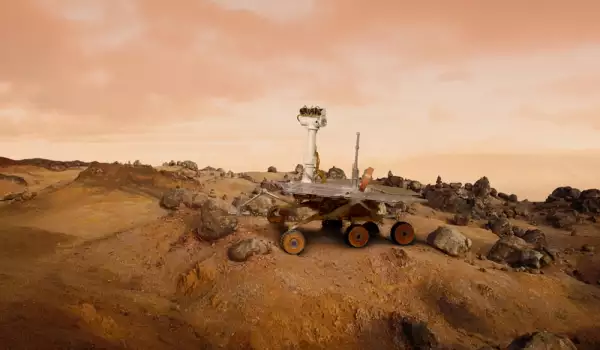
A total of 20 rocks on the Red Planet have been studied by a team of American and French scientists. Analyses show that their composition contains enormous amounts of silica. This turns the theory of Mars's geological past up on its head.
The rocks examined were taken from the Gale crater and are 3.6 billion years old. They clearly prove that Mars's past resembled Earth's much more closely than was theorized up to this point.
The rover has also found large bright crystals within the crater. Similar volcanic rocks also lay at the foundation of the creation of the continental crust on Earth.
So far there is no evidence about moving tectonic plates on Mars, although scientists believe they could exist nonetheless. They explain that rises in the southern hemisphere of the planet remind of early Earth's continental crust.
But to prove or disprove these theories, a series of other tests and research are required. Currently, all tests, research and hypotheses are aimed at determining why the Red Planet changed from a relatively warm and humid climate to a dry one unsuitable for life.


